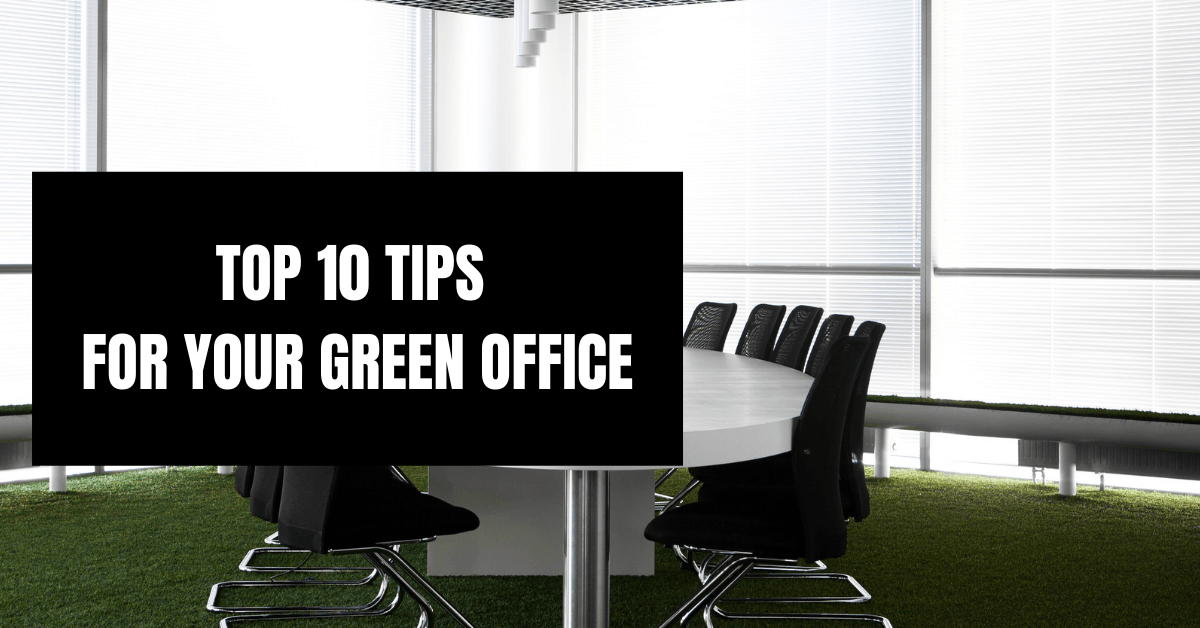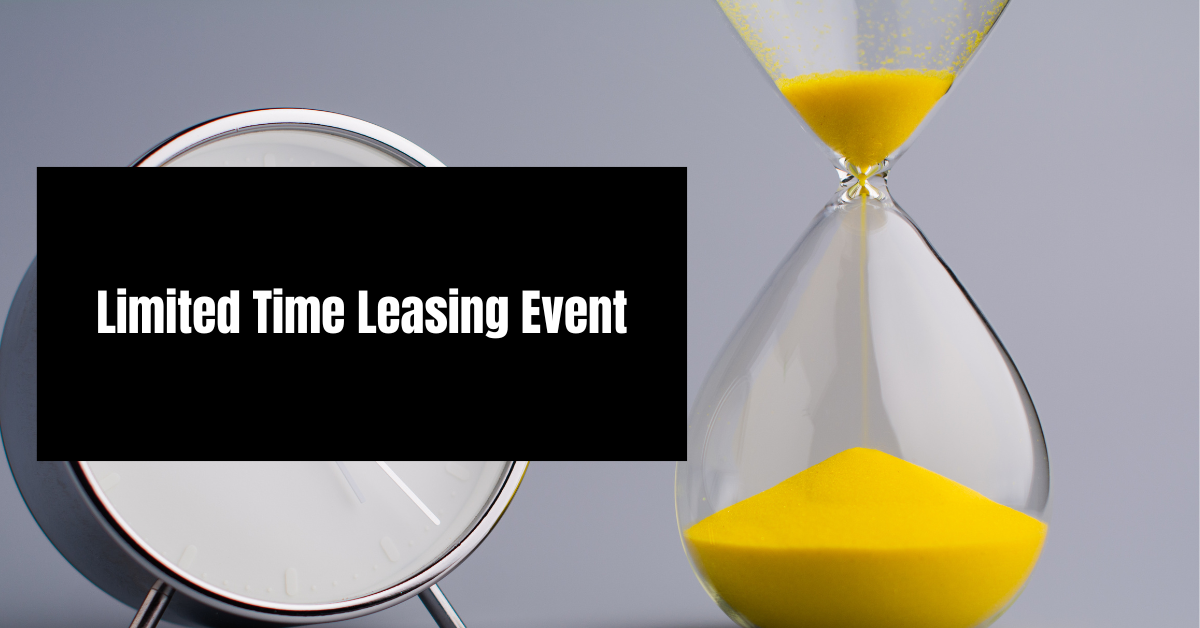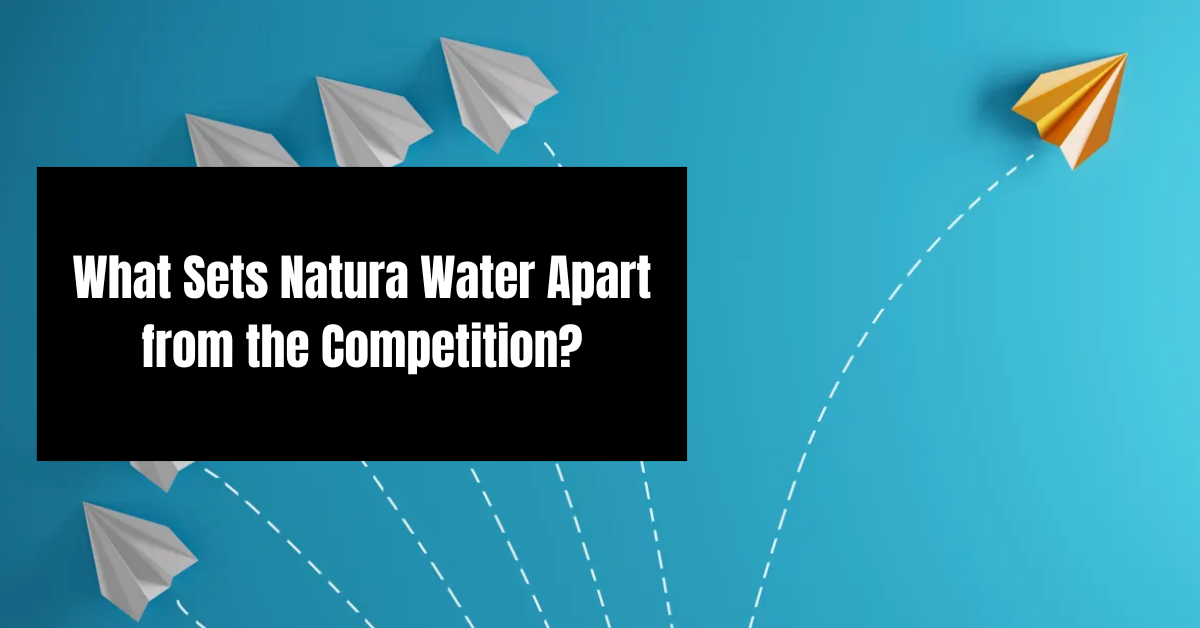Top 10 Tips For Your Green Office
It takes a lot of resources to power a business. Consequently, waste and inefficient use can add up quickly. Increasingly, business owners are aware of both the wasted resources and the environmental cost of inaction and are making great strides to reduce their carbon footprint. Here are a few tips to get you started on your own path to ecological efficiency.
1. Conduct a water audit.
A commercial water audit can help you understand just how much water you and your employees use each day. Contact your water utility company and see what types of audits they provide. They often give audits for free and can make recommendations on more efficient water usage. Account for all water expenses, including wasteful single-use water bottles, increasingly banned for their centuries-long degradation timeline.
2. Install low-flow toilets.
One of the biggest culprits of water waste in businesses is the restroom. Ensure restrooms are more sustainable by installing low-flow toilets. If your toilets are old, they are using as much as 5 gallons during one flush! Low-flow toilets, however, use just 1.6 gallons of water per flush. Low-flow faucet fixtures can also be installed.
3. Make sure employees are actively involved.
Everyone who works for you should be involved in your conservation initiatives. While staff may not waste resources intentionally, they should be made aware of how their daily habits may be causing waste. Send a company memo about your water reduction goals, host an all-hands-on seminar about sustainability, start a workplace sustainability challenge, share updates on the impact your initiatives are showing, and create awareness by posting signs throughout the office.
4. Install a commercial water filtration system.
Plastic bottle waste is a huge issue in offices and their high cost makes every meeting tantamount to going out to lunch! Ban the bottle movements are sweeping the country and nearly every businessperson knows by now that filtered sparkling water, flat water, and carbonated water dispensing systems eliminate this landfill nightmare. Let’s face it, there’s no such thing as eco-friendly bottled water. The single use bottles are just convenient expenses that need to be replaced with cost-saving commercial water dispensers—ideal for conference room water dispensing or office water dispensing—delivering cool still / sparking water to guests. An office drinking water dispenser is an ideal drinking water option for any business that wants to protect the environment. Not only can an eco-friendly water filtration system help your business reduce air and water pollution, it can also provide a cleaner, healthier drinking water solution for your office. The high-tech water filtration and disinfection process works to remove unwanted particles, chemicals, heavy metals, bacteria, viruses, and other contaminants to help you offer your staff and clients healthier, better-tasting water.
5. Appoint a conservation champion.
This person can help create and implement the initiative so you can focus on other aspects of your business. Have them publicly comment on your new sustainability goals so your community can also hold you accountable. The more people who know about your water conservation efforts, the more likely you and your staff will work to get the job done. This person can truly account for bad choices. Imagine knowing how much bottled water was served in conference meetings each month. Most businesses, in this case, find a water dispensing system to be an almost immediate cost reduction that’s also great for the environment.
6. Conserve Power
Offices tend to use a lot of energy – from lighting, to computers, and other digital devices. One of the easiest ways to lessen your carbon footprint is to have office staff cut back on their power output. Simply setting computers to “energy-saving” settings and having employees shut down computers and other electronics at the end of the day can save some serious electricity.
7. Encourage Recycling
Recycling starts with waste elimination. Reducing single-use food and drink bottles and buying office supplies in bulk to eliminate packaging and carton waste are just two fast ways companies can both save money while reducing the NEED to recycle. Then, of course, get to recycling! Recycling is a simple, effective, and inexpensive way for everyone in the office to go green. Place larger recycling bins in the breakroom or office kitchen and encourage your staff to recycle aluminum, glass, plastic, paper, and other recyclable items that your city will take. You may even want to think about setting up another recycling bin in the office supply room or closet to properly dispose of ink cartridges, batteries, and more.
8. Cut Back on Paper Waste
The more documents your office can digitize, the less paper products will be used and wasted. Instead of having your employees print documents for meetings or for clients, provide them with flash drives so they can save files and easily email clients what they need, or access their notes for meetings from any computer. There are so many ways that your office can digitize its work, so conduct a brainstorming session with employees to see how else you can cut back on paper waste, then follow through accordingly.
9. Use Green Products Whenever Possible
If it’s time to reorder office supplies and cleaning products, consider purchasing pens and pencils that are made of recycled materials—or even trade disposable pens for refillable ones. Encourage (or even give away) reusable water bottles. You may even wish to opt for biodegradable soap and swap paper towels for cloth. While purchasing some paper products will likely be needed, always buy recycled paper and envelopes. And if buying in bulk is an option, do it! Bulk purchases will cut down on packaging waste, carbon emissions, and shipping costs.
10. Donate or Repurpose
When it’s time to upgrade office furniture or other large pieces, consider donating them or finding a creative way to reuse. If you must buy new, look into repurposed or recycled. It’s kinder to the environment and often costs less, too.
Need more information? Click here
to download our case study or click here
to schedule a meeting!
Recent Posts

💧 Viral Flavored Water Recipes from Watertok—Made Better with Natura Water If you've spent any time on TikTok lately, you've likely come across Watertok—a viral movement where creators craft colorful, crave-worthy flavored water recipes using everything from sugar-free syrups to fresh herbs and edible glitter. More than a trend, Watertok is redefining how people think about hydration—making it exciting, playful, and personal. But here’s something the trend doesn’t always talk about: the quality of the water itself. No matter how creative your ingredients are, the foundation of every great recipe is clean, pure, better-tasting water. And that’s where Natura Water comes in. Natura Water’s advanced, bottle-free water systems are trusted by restaurants, offices, and homes alike to deliver still and sparkling water on demand—filtered, chilled, and ready to elevate any drink, especially the viral ones. Below, we highlight some of Watertok’s most beloved recipes and show you how they’re even better when made with Natura Water. 🌟 Why Natura Water Is the Perfect Watertok Partner Before diving into recipes, here’s why people are turning to Natura Water to upgrade their hydration experience: Advanced Filtration: Removes impurities, chlorine, and off-flavors for crisp, clean water. Still & Sparkling Options: Custom recipes often call for both—Natura gives you both at the push of a button. Sustainable: No more single-use plastic bottles or waste. Always Chilled: Cold water on demand makes every Watertok drink instantly refreshing. In other words, whether you’re creating “Unicorn Water” or a classic cucumber-mint infusion, Natura still or sparkling water is the ideal base for every blend. 🦄 1. Unicorn Water (Sparkling) A TikTok classic. Sparkly, sweet, and fantasy-inspired. Ingredients: Sparkling water from your Natura Water system 1 pump blue raspberry syrup (sugar-free) 1 pump cotton candy syrup Edible glitter (optional) Ice Directions: Add the syrups and glitter to a tall tumbler filled with Natura sparkling water. Stir and sip. With Natura’s ultra-fine bubbles, the shimmer effect is mesmerizing. 🍉 2. Watermelon Jolly Rancher (Still) A refreshing, candy-inspired recipe that tastes like your childhood. Ingredients: Still water from Natura Watermelon flavor drops Fresh lime juice or a splash of lime syrup Ice Mint leaves (optional) Directions: Combine flavor drops and lime in ice water, stir, and garnish with mint. Natura’s clean-tasting still water keeps the fruity profile front and center. 🥒 3. Cucumber-Mint Spa Water (Still) Naturally infused and ultra-refreshing—perfect for a wellness boost. Ingredients: Still water from Natura Sliced cucumber Fresh mint leaves Lemon wedge Directions: Add cucumber, mint, and lemon to a pitcher of chilled Natura water. Let it infuse for 30 minutes. You’ll taste the difference thanks to Natura’s chlorine-free freshness. 🍓 4. Strawberry Starburst (Sparkling) This one's for the sweet-toothed soda quitters—it hits all the right nostalgic notes. Ingredients: Sparkling water from Natura Strawberry drink mix or syrup Splash of vanilla extract Ice Directions: Combine ingredients in a glass of Natura sparkling water. The micro-carbonation enhances both the flavor and mouthfeel. 🍍 5. Tropical Breeze (Still or Sparkling) Your staycation in a cup. Great for post-workout hydration or lounging in the sun. Ingredients: Still or sparkling water from Natura Mango electrolyte powder Pineapple-coconut syrup Orange slice for garnish Directions: Mix in the powder and syrup with chilled Natura water and garnish. For a fizzy twist, go with sparkling! 🥥 6. Coconut Cream Cooler (Sparkling) Smooth, tropical, and totally viral. Ingredients: Sparkling water from Natura Coconut syrup White chocolate or vanilla syrup Ice Directions: Stir both syrups into sparkling water over ice for a dessert-style refresher. Natura’s fine bubbles ensure the syrups mix evenly without settling. 💡 Pro Tip: Build a “Hydration Station” with Natura Many Watertok fans are now creating home water bars—dedicated spaces with syrups, fruit, tumblers, and reusable straws. Add a Natura Water system to the mix, and you’ve got a full hydration station that’s functional, eco-friendly, and ready to serve your most creative water recipes anytime. 🎯 Why Watertok + Natura = Hydration That Sticks The magic of Watertok lies in making hydration fun. But the magic of Natura is in making hydration effortless. When you combine the two, you get: Motivation : With fun recipes and on-demand water, it’s easier to meet your hydration goals. Consistency : No need to buy bottles or wait for chill time—Natura is always ready. Quality : Filtered and chilled water you can trust—better for your health, and better for your taste buds. Final Sip Watertok isn’t just a TikTok fad—it’s part of a cultural shift toward making health habits joyful and sustainable. And when your water source is as clean, convenient, and carbonated as Natura Water, every recipe gets a serious upgrade. So whether you're making Unicorn Water for your kids, Tropical Breeze after a workout, or Cucumber-Mint for your next dinner party—do it with Natura, and taste the difference that premium water brings to the table. Ready to transform your water game? Learn more about bringing Natura Water into your home or workplace and start creating your own viral hydration moments—no filters needed (except ours).





